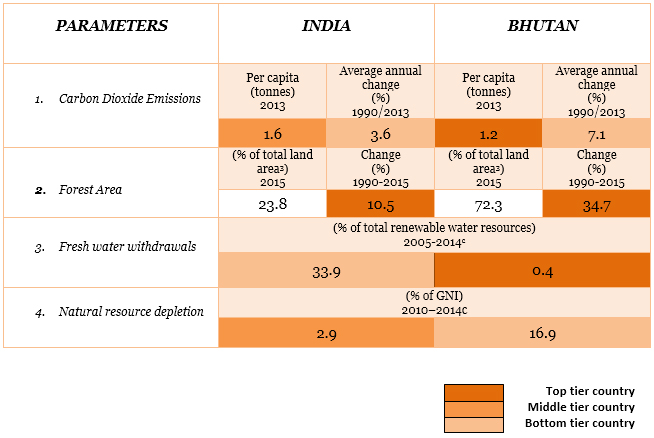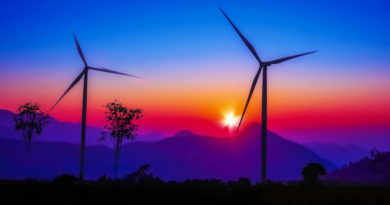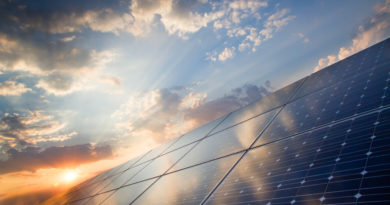Environmental Sustainability: India vs. Bhutan

In the second of our country pairings with India, a comparative study based on HUMAN DEVELOPMENT REPORT 2016 for India and Bhutan is presented below:-

1. Carbon Dioxide Emissions
Bhutan emits around 1.5 million tonnes of carbon annually, but thanks to its massive tree cover, 72% of the country is still forested allowing the country to become a carbon sink. Being a carbon sink means that Bhutan absorbs over 6 million tons of carbon annually while only producing 1.5 million tons. While no other country has even achieved becoming carbon neutral, Bhutan has managed to be carbon-negative!
Bhutan has managed to do this by-
- A ban was put on export logging.
- The constitution was amended to mandate that forested areas would not drop below 60%.
- Further it is aiming for zero net greenhouse gas emissions, zero-waste by 2030and to grow 100 percent organic food by 2020.
India being a highly populous and a growing economy has managed to increase its, CO2 emissions by about 90% since 1970; with emissions from fossil fuel combustion and industrial processes. So Bhutan fares well here.
2. Forest cover
Between 1990 and 2010, Bhutan lost an average of 10,700 ha or 0.35% of forests cover per year. However between 1990 and 2010, it gained 7.1% of its forest cover or around 214,000 ha. This small but significant transition from net loss to net increase of forest cover is attributed to a long tradition of environmental preservation policies and measures.
- As mandated in its constitution, Bhutan preserves (at all times) 60 percent of its land under forest cover.
- Its hilly environment has been a friend of its forests; only 2.9% of the land is flat and arable which means it has escaped an invasion of the forests by farmers. Farmers are given free electricity to stop them plundering the forests for firewood.
- A tightly controlled tourist policy, which makes tourists—though not Indians—pay $250 per day, has restricted the flow of visitors and kept forests unspoilt.
- The new king encourages vigorous afforestation. In April, 108,000 trees were planted to celebrate the birth of the new prince.
India too isn’t far behind in its increasing forest cover venture it stands eighth in terms of annual forest gain and has increased its forest cover by 1%.
3. Fresh water withdrawals
India has not been as lucky as Bhutan, as Bhutan is well cloaked with topographical advantages when it comes to fresh water withdrawals.
The whole of Bhutan falls in the eastern Himalayas and the country’s freshwater systems (glaciers, lakes, rivers, marshes, etc.) is an integral part of the headwaters of nearly 580,000 Km2 of the Brahmaputra river basin. Further, 200,000 megawatts (MW) hydropower potential of the basin is envisaged as key to fuel the economy.
India’s hydropower plants still have a long way to go owing to the geography of the country. Instead Bhutan helps India with its ever increasing water demand. Despite this, the value shoots to a high of 33.9 for India.
Glaciers cover about 10% of the area of Bhutan, providing an important source of renewable water allowing it to minimize its water withdrawal statistics to a mere 0.
4. Natural resource depletion
But all is not roses; sewage and trash have contaminated the water supply for 1,000 households around the area of Ngabiphu, in Bhutan. Habitat loss and degradation, mainly due to sedimentation, pollution (from urban, agricultural, and industrial sources), forest clearance, and the development of hydropower dams are also visible.
Further Bhutan, sandwiched between the two most populous nations on Earth, India and China suffers for their sins. Glaciers are beginning to melt, flash floods and heavy rains—and even droughts—are common, and temperatures are climbing.
Bhutan is undergoing a demographic shift. The rising young population no longer wants to work on the land and is moving to the cities in search of white-collar jobs, all the factors contributing to inefficient management of natural resources, reaching a value of 16.9.
In India rapid economic development, increased urbanization and a growing population all continue to drive up the demand for heavy utilization of natural resources but India has successfully come up with many initiatives to curb the ill effects efficiently and bring down the value to 2.9.
Both the countries are in a close competition and have gained the world’s respect and attention for their own set of sustainable initiatives. In the coming years they have a big reputation to uphold, and luckily even bigger plans to do so.
Published on: Mar 21, 2018 ![]()




